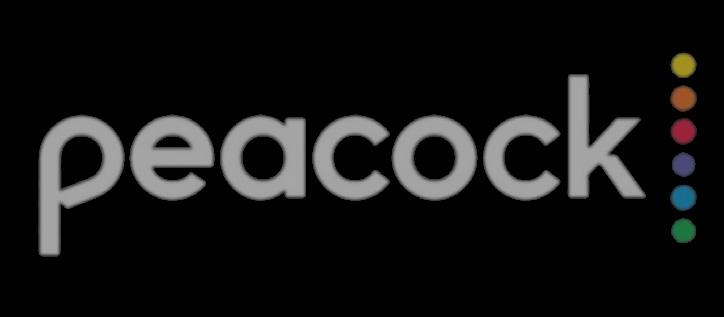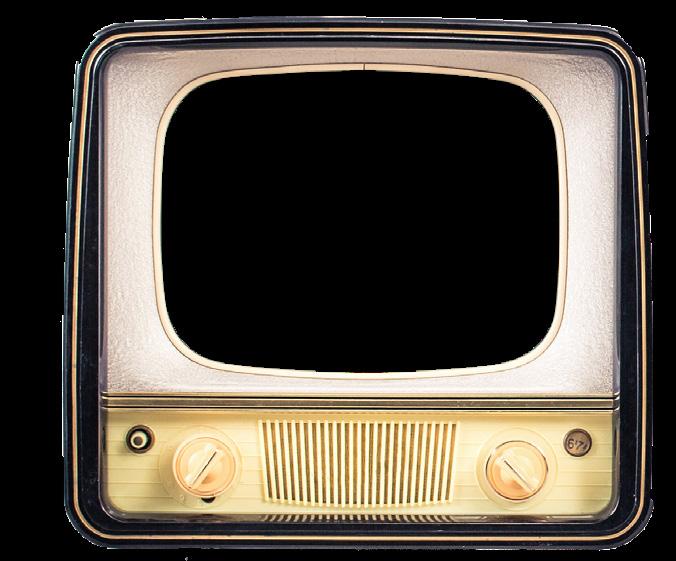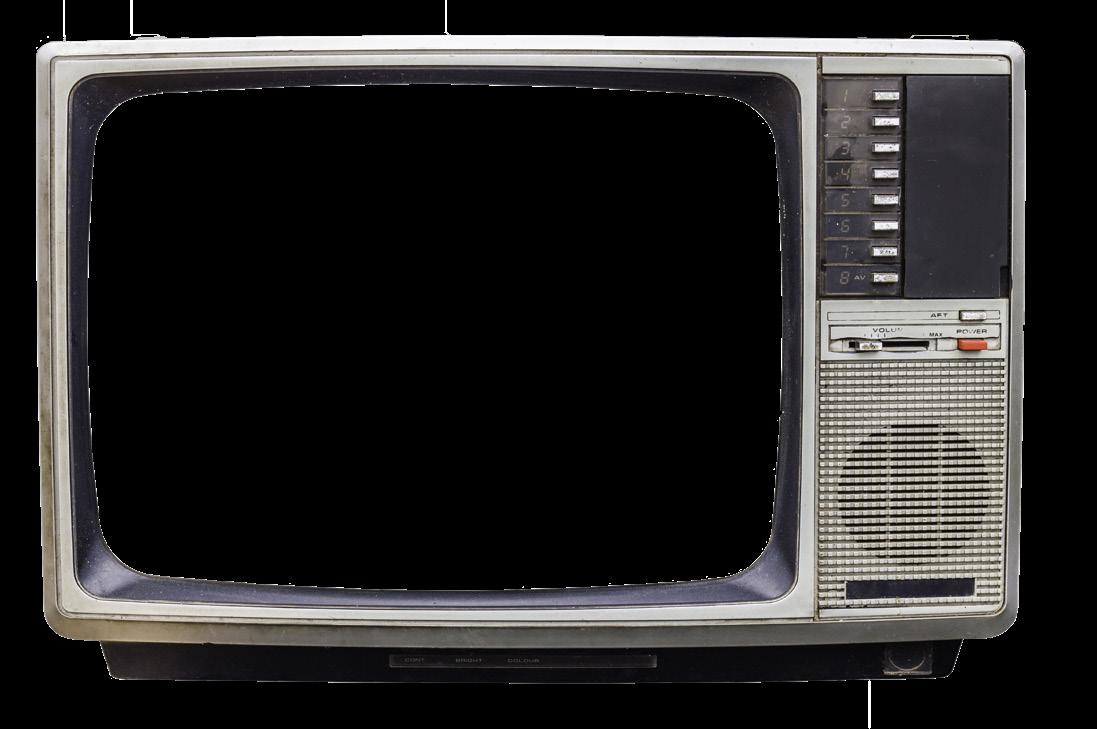
10 minute read
All Out War


























A L L O U T W A R A L L O U T W A R A L L O U T W A R A L L O U T W A R A L L O U T W A R A L L O U T W A R A L L O U T W A R A L L O U T W A R A L L O U T W A R A L L O U T W A R A L L O U T W A R A L L O U T W A R A L L O U T W A R A L L O U T W A R A L L O U T W A R A L L O U T W A R A L L O U T W A R A L L O U T W A R A L L O U T W A R A L L O U T W A R A L L O U T W A R A L L O U T W A R A L L O U T W A R A L L O U T W A R A L L O U T W A R A L L O U T W A R A L L O U T W A R A L L O U T W A R A L L O U T W A R A L L O U T W A R A L L O U T W A R A L L O U T W A R A L L O U T W A R A L L O U T W A R A L L O U T W A R A L L O U T W A R A L L O U T W A R A L L O U T W A R A L L O U T W A R A L L O U T W A R A L L O U T W A R A L L O U T W A R A L L O U T W A R A L L O U T W A R A L L O U T W A R A L L O U T W A R A L L O U T W A R A L L O U T W A R A L L O U T W A R A L L O U T W A R A L L O U T W A R
The increase in new streaming platforms threatens to saturate the market–and swindle consumers in the process.
by Samantha James










Streaming services seem to be popping up left and right. Every day it feels like a new company has its own platform and wants us to add another $14.99 to our monthly budget lines. In other words, we keep having to discover new ways to watch the same content.
However, it makes you think: is it all bad? It is highly convenient to access any TV show or movie you want at any time. If you can’t find something to watch on one platform, you can go to a different one.
But is it always going to be convenient? Consumers are constantly paying more by adding all these streaming services, and the more popular a service becomes, the more likely it is to raise its monthly fee. At what point will the market be saturated? We can only handle so many platforms.
To untangle the web of streaming offerings, and to get a sense of where this is all headed, it is worth reviewing the many battles that have comprised the streaming wars so far.
Netflix, Amazon Prime Video, Hulu, Disney+, and HBO Max are constantly buying each other out of contracts to acquire TV and film rights. Netflix seems to be the target of all these companies, but that’s because it was there first.
When Netflix launched in 1997, it offered a subscription-based service for DVDs and an online recommendation page based on the user’s past rentals. It wasn't until 2007 that Netflix introduced its streaming platform; by 2012, it had amassed more than 25 million subscribers. Being first to the table put Netflix in a unique position. It was able to license a multitude of television shows and films. But because of the company’s massive success, it wasn’t long until rival services started to appear and buy Netflix out of its contracts— effectively allowing them to “steal” Netflix’s content.
Amazon launched its DVD Prime subscription in 2007. This service lasted until 2011, when Jeff Bezos, Amazon’s CEO, announced “unlimited, commercial-free instant streaming of more than 5,000 movies and TV shows” for Amazon Prime members.
Hulu was introduced in 2007, and in 2009, it began offering streaming for TV shows and movies from NBCUniversal, Fox, ABC-Disney, and various other cable channels. In January 2017, Hulu announced its live TV service would be streamed through Amazon’s server. This partnership offers 50 live streaming channels, which has helped Hulu compete with Netflix. By the end of the year, Disney owned a majority of Hulu.
Initially, Netflix held most Disney and Marvel content. But in 2016, Disney announced it wouldn't be renewing its contract with Netflix. In 2019, we found out why. Disney—which already owned Hulu—would launch a new platform, Disney+, in late 2019. Disney+ features content from Walt Disney Studios, Marvel Studios, Twentieth Century Fox, Pixar, National Geographic, and more. Movies that left Netflix included Moana, Beauty and the Beast, Thor: Ragnarok, Avengers: Infinity War, and Star Wars: Rogue One. Disney+ has already substantially impacted the streaming community, accumulating 94.9 million subscribers after only a year and a half.
HBO Max, yet another streaming service, launched in May 2020 and has already reached 41.5 million subscribers. In 2019, Netflix announced that the sitcom Friends would leave the platform and go to HBO Max. AT&T WarnerMedia houses HBO Max, the Warner Bros. film studio, and Turner cable networks such as CNN, TNT, TBS, and Cartoon Network. Friends is a

Warner Brothers-owned production, so the WarnerMedia conglomerate spent $425 million to buy out its contract with Netflix and reacquire the show.
Along with acquiring the rights to Friends, HBO Max also bought Gossip Girl's rights from Netflix. The platform is also rebooting this iconic New York-based teen melodrama about socialites from the Upper East Side. The reboot premiere date hasn't yet been announced.
NBCUniversal decided to enter the fray in 2020 when it announced the launch of its streaming service Peacock. Its previous licensing deal with Netflix, which brought in $90 million annually, wasn’t renewed when it expired in January 2021. NBCU now had all their TV shows and movies, one of the biggest shows being the American version of The Office. They also acquired the rights to the hit sitcom The Nanny.
If you live anywhere but the U.S., you can still watch Jim and Pam live out their love story on Netflix. But those of us in the U.S. have to pay to subscribe to another platform—yay. Peacock's claim to fame is definitely with The Office. They offer exclusive, behind-thescenes content, as well as bonus scenes.
In case you weren’t confused enough, neither Friends nor Seinfeld, which both aired on NBC, will appear on NBC’s Peacock. Friends, which WarnerMedia owns, lives on HBO Max. Seinfeld is owned by Castle Rock Entertainment and the show’s creators, Jerry Seinfeld and Larry David. Although Castle Rock considers WarnerMedia its parent company, Jerry Seinfeld, Larry David, and Sony Pictures, which owns 44% of Castle Rock, have distribution rights. They decide where the show will be available for streaming. It will soon be making the move from Hulu to Netflix with a five-year, $500 million deal.
The constant turnover of content at Netflix isn’t as detrimental as one might think. With its new deals and an increasing arsenal of original content, the platform appears to be making up for any lost revenue—it is still the most popular streaming platform, boasting more than 200 million users at the end of 2020. Its original show Bridgerton launched in December 2020 and has already amassed 82 million views, making it the most-watched show in the platform’s history. With other shows and films such as The Queen's Gambit, which won multiple Golden Globes earlier this year, Netflix continues to establish itself as one of the world's most venerated streaming services and platforms. In 2021, Netflix earned 35 Oscar nominations, beating its own previous record of 24.
Netflix has avoided becoming a victim in the war that is licensing deals and buyouts, so it seems the only apparent loser threatens to be the consumer, who is now destined to pay over and over for the same content. As the deals get bigger and bigger, so will subscription prices, and more than likely, so will the number of streaming platforms we will have to choose from.
For consumers in the 2020s, streaming will not be optional; the age of the personal collection of shows and movies may be finished for good. TV shows and films are continually jumping from service to service, so we have to pay for multiple platforms to watch a few TV shows or movies we like. With the success of Netflix, other companies saw how much money could be made, forcing the consumer to add more monthly payments to their budgets and enrich the same handful of companies again and again. While these companies continue to send hundreds of millions of dollars back and forth between each other, the consumer has no choice but to buy in.










